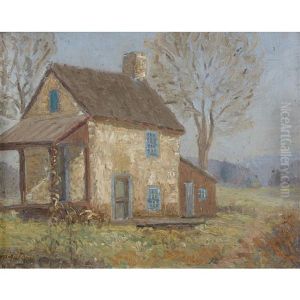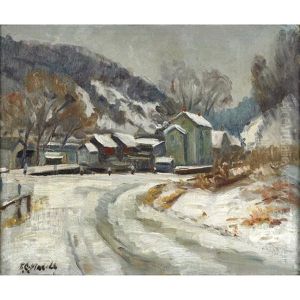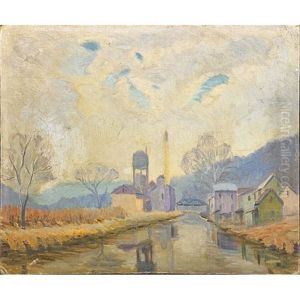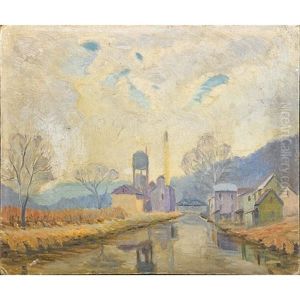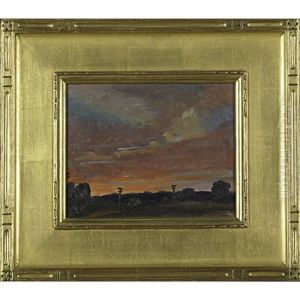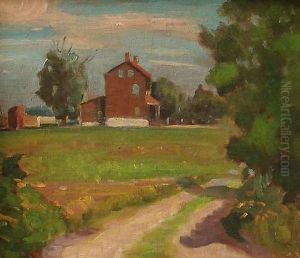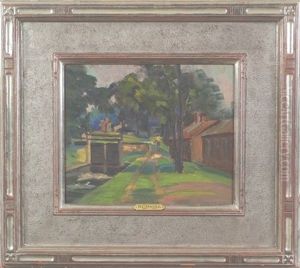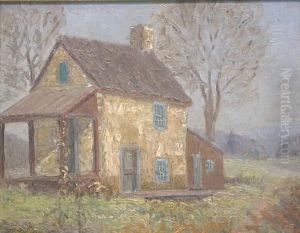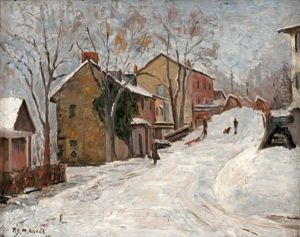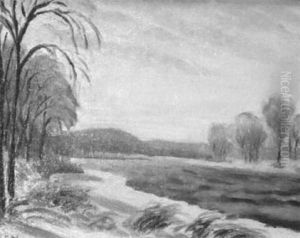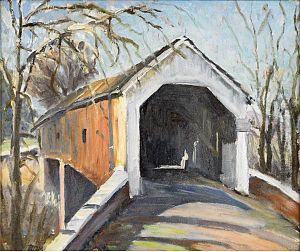Roscoe Clarence Magill Paintings
Roscoe Clarence Magill was an American artist born in 1907, primarily recognized for his work as a muralist during the mid-20th century. His contributions are often associated with the Public Works of Art Project and the subsequent Federal Art Project, which were part of the New Deal programs initiated by President Franklin D. Roosevelt in response to the Great Depression. These programs aimed to provide work for artists and to bring art into public spaces.
Magill's art was characterized by a style that blended elements of American Scene painting, a style popular in the United States during the 1920s to the 1940s that depicted everyday American life, with the social realist movement, which aimed to highlight the conditions of the working class and the poor. His murals often contained strong narrative elements, capturing the spirit of the era with a focus on social commentary. The subject matter of his works ranged from historical to contemporary themes, often with an emphasis on labor and community.
Throughout his career, Magill created murals for public buildings such as post offices, schools, and other government structures. One of his most notable works is the mural he painted for the post office in his birthplace of Pittsburg, Kansas, which is a testament to his skill and the respect he garnered as an artist. His murals served not only as decoration but also as a means to inspire and educate the public.
Despite the recognition he received for his murals during his lifetime, Roscoe Clarence Magill, like many artists of the era, has not been widely remembered in the mainstream art historical narrative. However, his contributions remain an important part of the American art scene of the 1930s and 1940s, particularly in the context of the New Deal art projects. Magill's work is preserved in various institutions and continues to be studied by those interested in the era's art and history.
Roscoe Clarence Magill passed away in 1999, leaving behind a legacy of work that not only enriched the aesthetic landscape of public spaces but also captured the essence of a pivotal period in American history.
